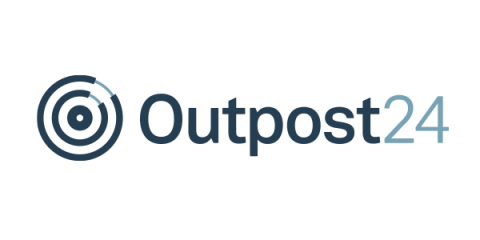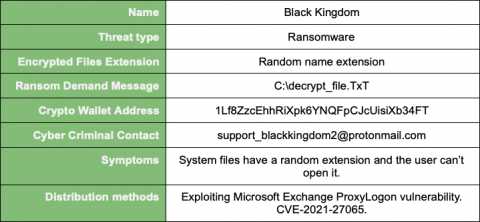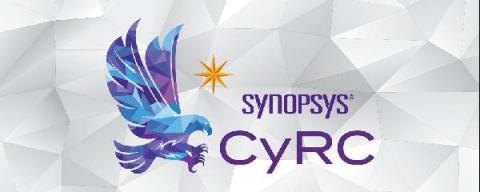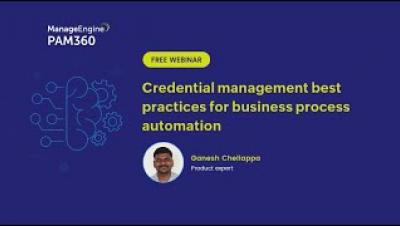SAST, DAST, SCA: What's best for application security testing?
With a 43% rise in data breaches tied to web application vulnerabilities according to Verizon, enterprise security teams are looking more closely at how security controls can be integrated to DevOps without impacting productivity. But with so many automated security testing tools (SAST, DAST, SCA) on the market, it’s important to understand the difference and when to use them to ensure robust Application Security.











